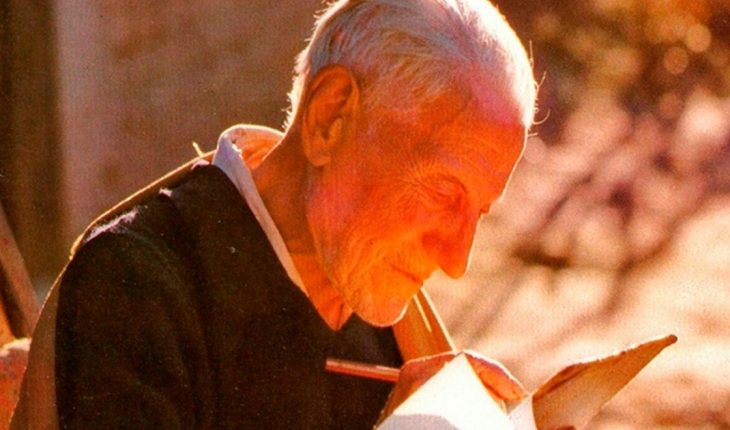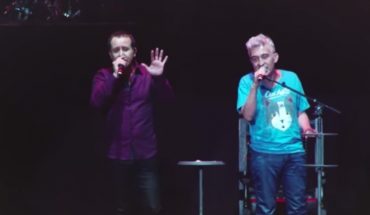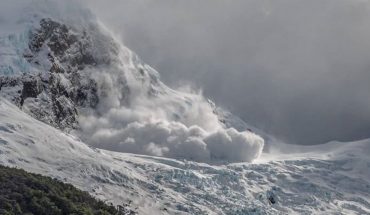Esteban Laureano Maradona was a rural physician symbol of austerity and humility all his life, who devoted himself to the care of others, as well as his contribution to the study of flora and fauna, his support to indigenous communities, his articles of medicine, and his unprejutious contribution to culture and workers’ rights. This rural physician, naturalist, writer, Argentine philanthropist, was born in Esperanza, a town in the province of Santa Fe, on July 4, 1895. But he spent most of his life in a remote town of Formosa, for an act of fate that put him there, and meant him to be the most beloved doctor of the village “Estanislao del Campo”. But before all that, let’s go to his childhood, he grew up in a well-to-do family, surrounded by nature. After finishing high school he moved to greater Buenos Aires to study medicine, received his 1926s at the UBA and left the federal capital in 1930, where he went to Resistencia, Chaco, and settled there with his medical office. He traveled to Cerrito Island, where leprosy flooded the streets, and touted the installation of a place to assist the sick. There he published numerous articles in “La Voz del Chaco” the local newspaper on leprosy, breastfeeding and even on the scope of Law 9.688 which referred to accidents at work and where the enmity of employers was earned, as it helped and urged employees to defend their labour rights. He also spoke against the de facto government of José Félix Uriburu, which caused him to be persecuted by the regime. He left for Paraguay where the Chaco Boreal war began and there he was able to offer his medical services. He was jailed for a few months on charges of espionage. After regaining his freedom he practiced medicine at the Naval Hospital, where he was appointed director. In Paraguay, she fell in love with Aurora Ebaly, a 20-year-old girl who died of typhoid fever. Fact that caused him so much pain, he never fell in love again. In 1935, more precisely on November 2, he decided to return to Argentina to settle in the city where he would put his office, but never arrived. Since the train on which the journey was due had an emergency stop in the town of Formosa, at the height of KM 234 of the Guaycurú Paraje, where he heard a desperate voice asking for help for a woman who had been in labor for several days with many complications, Maradona would remember it some time later :
“A group of people asked loudly if any passengers were encouraged to attend a serious midypeur. I took my briefcase and got on a sulky, a fiftieth woman was throwing from the reins. Childbirth was difficult. The midwiser was really serious. Her name was Mercedes Almirón, and by hand I took out that creature, a baby.” The SantaFecino doctor said.
This remote town of Formosa called Estanislao del Campo had only 2 doctors and one veterinarian, who also, through a special permit and in view of the lack of specialists, attended people from time to time. He had the doctor rethink his decision to travel to the big city, and understood that his knowledge would be more necessary in that place, where there was nothing and where he finally resided until he was 90.
Dr Maradona in the village where he lived most of his life.
He lived on a ranch without electric light, by choice and without any pretense, only what was necessary to survive and provided services free of charge, supported and provided indigenous communities from their services as well as economic, cultural and human aid. And he made great contributions to the knowledge of the communities of the Northwest Of Argentina.
Ranch where Dr. Estebán Maradona resided.
But it wasn’t easy at first, according to an excerpt from the program “Stories of the Secret Argentina” (1986) Esteban said, “When I arrived the problems began. All this was mountain, there were only four or five ranches and I was all surrounded by Indians, who on the other hand wanted to kill me. So much so that one of them, who was famous, grabbed me by the lapels and shook me, threatening me. But I was never afraid of them or scared myself. And not for giving them to me brave. But because I’m just like that. But with the word sweet and the practice of medicine, treating diseases, giving them tobacco and getting them clothes, things changed. That’s how I treated them to this day. I went back, got into the mountain without any fear, risking my life and also my health. Throughout his life he wrote and published several scientific works on anthropology, flora and fauna of the region and articles of medicine. He waived all kinds of materialistic fees and prizes. En goingopportunities he was nominated for the Nobel Prize he always referred to:
“I don’t want to get the Nobel. And if I were forced, I’d donate all the money for the kid. Because, once I leave, I don’t want a single guy left unread, write and no medical attention. They are the real owners of the country.”
Today more than 20 books of his authorship await to be published by the Argentine National Congress to be donated to the public libraries of the country. In 1986, he became ill at the age of 90 and decided to travel to the City of Rosario, where a nephew/grandson lived. He arrived in very poor condition, so he was hospitalized for emergency. Once recovered and discharged he stayed to live with his nephew’s family until the day of his death, on January 14, 1995, aged 99.” If any assumption of merit assists me in the performance of my profession, this is very limited, I have done nothing but fulfill the swornly Hippocratic classic of doing good to my fellowmen.” He once said with a heartfelt humility. That is why, in memory of his exemplary life, which joins that of all rural Argentine doctors, and by law 25.448, he declared himself the Day of the Rural Physician, the same day that this exemplary altruist named Esteban Laureano Maradona was born.





